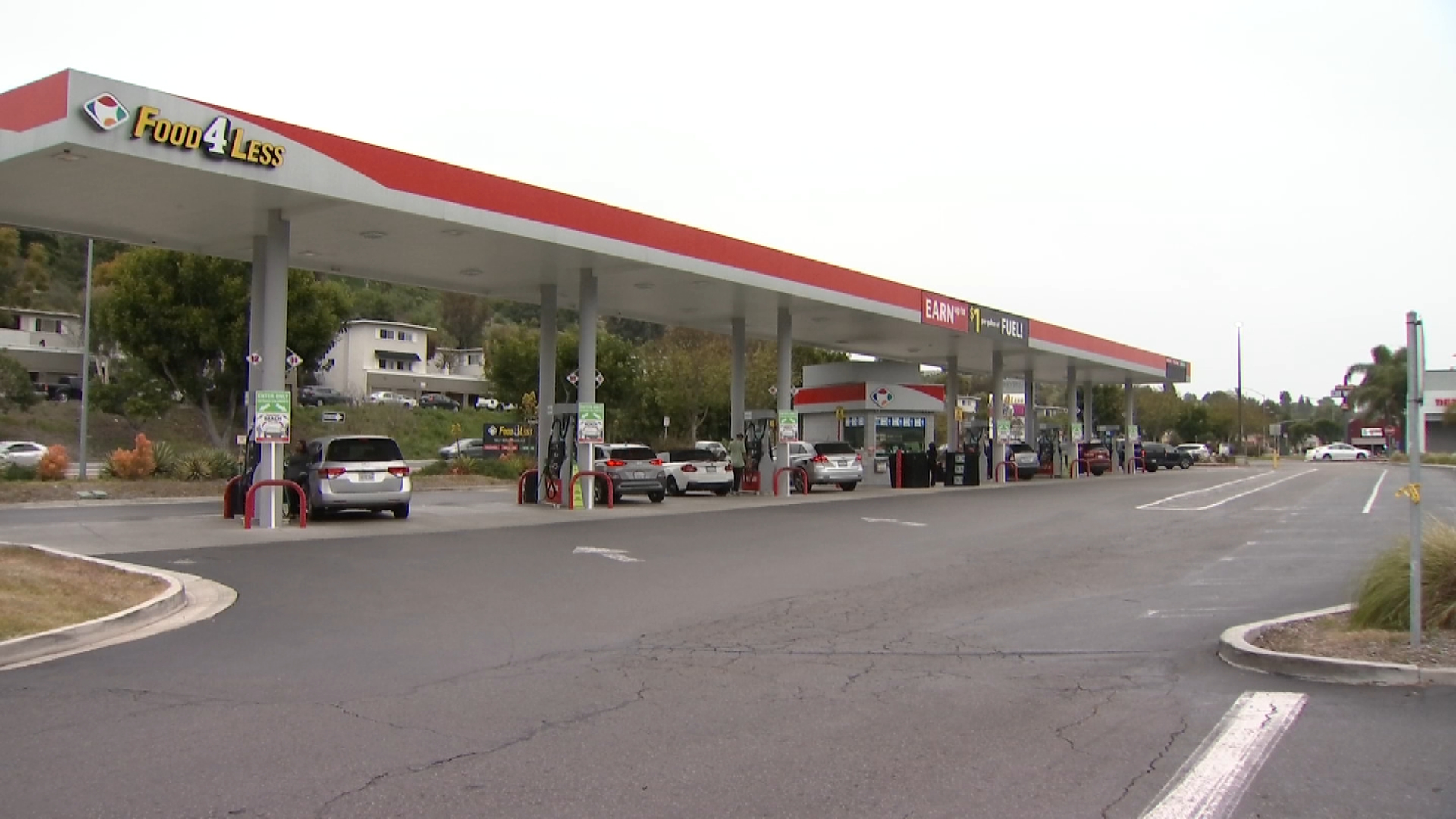A transportation plan to improve pedestrian and bicyclist safety in the picturesque city of Coronado includes replacing stop signs at intersections with roundabouts, but not all residents think it’s a good plan.
Residents gathered Wednesday evening for the third and final public workshop to discuss the city’s Active Transportation Master Plan, which aims to improve non-automobile traffic safety. The project is supported by SANDAG as part of the TransNet Active Transportation Grant Program.
Allie Scrivener, active transportation planner for the city of Coronado, said developing improvements for pedestrian and bicyclist safety in the community is top priority, as almost half of students in Coronado walk or bike to school daily.
Scrivener said roundabouts – or so-called “neighborhood greenways” – are one proposed way to improve conditions for bicyclists and traffic flow.
“They would create a better corridor for riding a bicycle on the street,” she said.
The plan suggested a possible roundabout on D Avenue, among intersections throughout the city.
Coronado resident Dan Orr, who is on the city’s Bicycle Advisory Committee, said he can see how roundabouts might benefit bicyclists. Orr said those traffic circles would likely work best in places like 8th or 9th streets at Olive Avenue.
Local
“(Roundabouts in other cities) seem to work fine; people would get used to them,” said Orr. “I don’t know that we need them but if the city thinks it’s a good idea – they’re good. As a cyclist, I like them.”
Orr said he does worry about blind intersections.
“In my perfect world, we would have traffic circles all over this town. We’d pull all the stop lights off Orange Avenue and put traffic circles in, take out the lane – widen one of the lanes, widen one of the sidewalks – and put a bike lane down Orange Avenue and traffic circles,” he explained.
Orr said, while the plan is interesting, it doesn’t address issues on Ocean Boulevard, parking on D Avenue or a potential bike path on the beach.
Coronado resident Kathy Thomas said she doesn’t think taking out stop signs and adding roundabouts will improve traffic safety, congestion or ongoing parking issues.
“It’s such a poor use of city money to take out stop signs when they actually should be adding more stop signs; that would calm traffic,” Thomas said. “Putting roundabouts in is so unnecessary. You’ll take out eight parking spots in every single corner.”
“It’s parking wars in Coronado,” she added. “You take out eight parking spots on every intersection – it’s ridiculous.”
Thomas said she feels as if this transportation plan doesn’t benefit residents but rather bicyclists coming through town who prefer not to stop at intersections.
“I don’t care, have them stop,” she added.
Eddie Warner said her main concerns are about the possible changing of traffic signs in the community. She described the plans as “solutions looking for problems” and said it feels as if the city wants to make improvements only to gain a better ranking as a bike-friendly community.
Orr said any improvements are good improvements.
“Overall, anything that makes it safer for cars, bikes and people to mix, I think is good,” he added.
Scrivener said the city will take the feedback from Wednesday’s workshop and make final changes to the draft of the plan. The draft will then head to city council for review. She said the process should take about a month or two.



